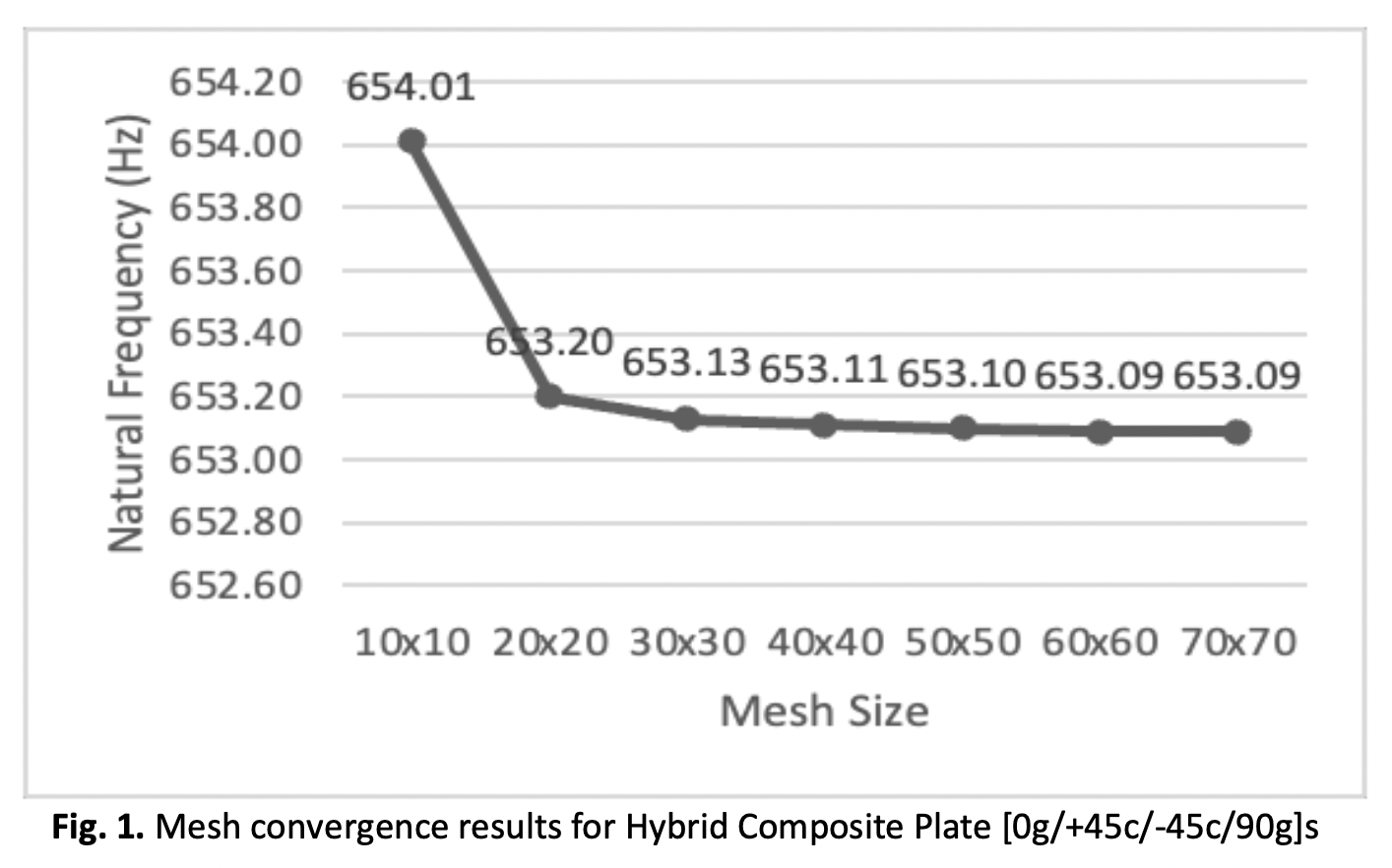Natural Frequencies Optimisation of Hybrid Composite Laminates using Response Surface Method
DOI:
https://doi.org/10.37934/araset.31.2.197209Keywords:
Natural frequency, hybrid composite laminates, carbon, glass, free vibrationAbstract
Natural frequency is an important property in designing structures, as resonance can induce catastrophic failure. Nevertheless, the vibration behaviour of hybrid composite laminates due to the hybridisation has still not been fully understood. This study aims to analyse and optimise the natural frequency response of hybrid composite laminates under free vibration due to the effect of various lamination schemes, plate thicknesses and hybridisation volume fractions. Initial stage involved mesh convergence analysis and numerical validation. Design of Experiments approach was employed to set up the important parameters and effective case studies. The natural frequencies for each case study were determined and analysed using finite element analysis software. The final stage involved optimisation using Response Surface Method. The results from the 34 case studies showed that the range of natural frequency was between 116.53Hz and 5598.4Hz. It was found that both symmetric and anti-symmetric laminates with 0° fibre angle produced the highest natural frequency of 5598.4Hz. Considering other parameters, the thicker plate and higher volume of carbon produced higher natural frequency. In conclusion, this study has contributed significant knowledge such as better understanding the effect of the studied parameters on the natural frequencies of hybrid composite laminates.
Downloads





























